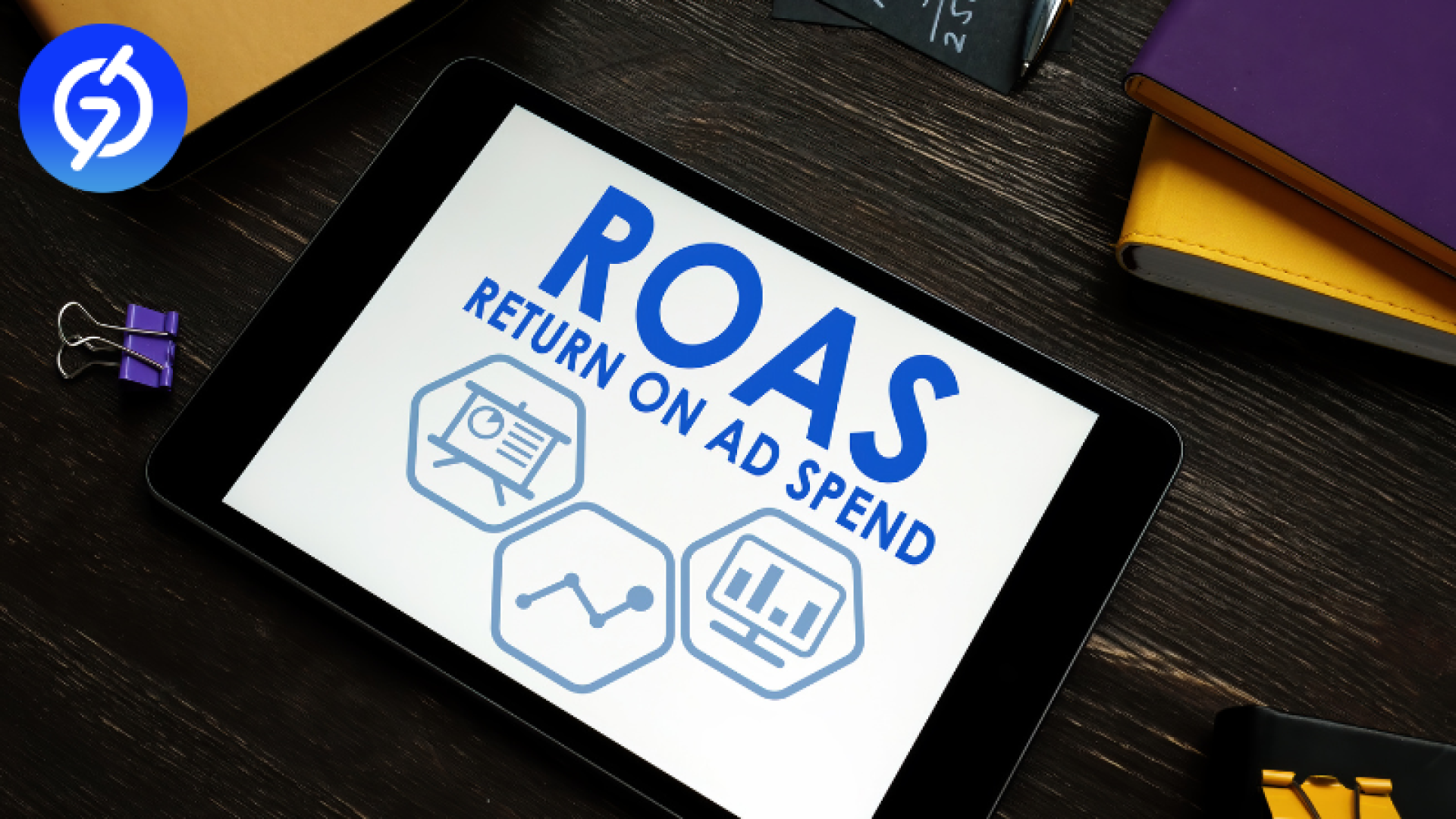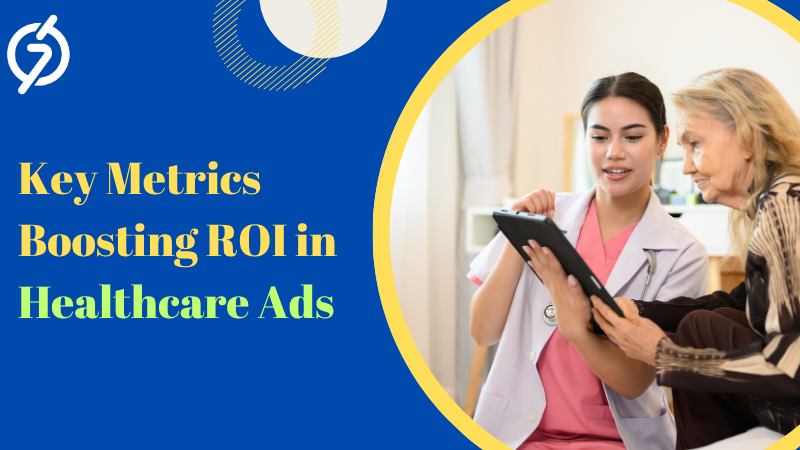Key Metrics Modern Healthcare Advertising Uses to Boost ROI

Modern Healthcare Advertising is no longer just about visibility or creative appeal. It has evolved into a sophisticated ecosystem where data, insights, and precise targeting inform every decision. Advertisers today want to know not just who saw their ad but what happened after — the real-world impact on engagement, conversions, and brand perception.

Suppose you want to explore a deeper dive into how these metrics are applied in real campaigns. Check out Steps to Improve Success in Modern Healthcare Advertising. In that case, it’s a practical guide that breaks down campaign optimization in easy, actionable ways.
The Data-Driven Pulse of Healthcare Ads
Did you know that nearly 70% of healthcare marketers now rely on ROI-based metrics to guide ad spending decisions? This statistic shows how deeply analytics have reshaped advertising. The days of vague awareness campaigns are over. Advertisers now operate in a results-oriented environment, where every impression, click, and conversion can be tracked, analyzed, and improved upon.
But here’s the twist — while the data is abundant, interpreting it effectively is where most advertisers struggle. The challenge is no longer collecting data, but understanding which metrics truly matter for growth.
The Metric Overload Problem
Modern advertisers have access to hundreds of potential metrics — from impressions and engagement rates to view-through conversions. Yet, many healthcare marketers find themselves lost in the numbers. The biggest issue? Measuring success in ways that actually reflect business outcomes.
In healthcare advertising, this challenge is magnified. Strict regulations, trust-based messaging, and sensitive audiences make every campaign a delicate balance between compliance and creativity. Advertisers can’t afford to rely on vanity metrics alone — what’s needed is meaningful data that connects to ROI.
What the Smart Advertisers Focus On
Top healthcare advertisers use a refined set of performance indicators to evaluate and optimize campaigns. They look beyond surface-level metrics and instead focus on those that reveal user behavior, patient intent, and long-term engagement. Below are the metrics that truly move the needle for Modern Healthcare Advertising.
1. Click-Through Rate (CTR)
CTR remains a fundamental metric because it indicates how relevant and compelling your ad is to your audience. A strong CTR suggests that your ad messaging resonates, while a low CTR signals a need for better targeting or creative refinement. In healthcare, where credibility matters, ad copy that builds trust tends to perform better than overly promotional messages.
2. Conversion Rate (CVR)
Conversions are the heart of ROI measurement. Whether it’s booking an appointment, signing up for a webinar, or downloading a whitepaper, every conversion represents tangible audience engagement. Improving CVR often involves optimizing your landing pages — reducing form fields, increasing trust signals, and ensuring the message matches the ad promise.
3. Cost Per Acquisition (CPA)
CPA tells you how much it costs to acquire a qualified lead or patient. A lower CPA means you’re spending efficiently, while a higher one might indicate wasted ad spend or poor targeting. Healthcare advertisers often use CPA as a benchmark to compare campaign effectiveness across channels like healthcare PPC advertising and display networks.
4. Engagement Rate
Engagement metrics like time spent on page, video completion rates, and social shares reveal how deeply your audience connects with your content. Since healthcare decisions are often emotional and research-driven, engagement is an early sign of trust — a crucial factor for patient-centered marketing.
5. Quality Score
For advertisers using platforms like Google Ads, quality score plays a key role in determining ad visibility and cost efficiency. It evaluates ad relevance, landing page experience, and CTR. A higher score not only lowers CPC but also improves ad placement, giving you more reach for less budget.
6. Return on Ad Spend (ROAS)
ROAS is the ultimate profitability metric — how much revenue you generate per dollar spent. In healthcare marketing, advertisers often blend ROAS data with lifetime patient value (LPV) to get a clearer picture of long-term profitability.
7. Patient Engagement and Retention
Unlike typical e-commerce campaigns, healthcare advertisers must track ongoing engagement. Are patients returning for consultations? Are they engaging with follow-up content? These behavioral insights can improve patient loyalty and maximize marketing efficiency.
How Smarter Advertisers Use Metrics Strategically
Instead of drowning in dashboards, leading marketers choose a handful of key metrics tied directly to campaign goals. They rely on data visualization, AI-powered insights, and consistent testing. This allows them to adapt quickly to performance shifts and patient preferences.
Partnering with a reliable healthcare ad network also helps advertisers find the right placements and optimize budgets effectively. These networks offer better segmentation options, ensuring that your campaigns reach verified, interested audiences without wasted impressions.
How the Best Healthcare Ads Combine Emotion and Analytics
The Best Healthcare Ads are those that seamlessly blend emotional storytelling with performance data. Advertisers now use data not just to measure but to inspire creativity. For example, if engagement data shows that audiences respond better to patient testimonials than product images, that insight directly shapes future campaigns.
This combination of data and empathy defines the future of Healthcare Ad Campaigns. The result is advertising that feels more personal, builds trust, and drives measurable growth.
Ready to take the next step?
Start optimizing your ad strategies today and Launch Your First Modern Healthcare Ad Campaign Now!
Practical Tips for ROI Growth in Healthcare Advertising
- Focus on relevance and transparency in ad content
- Leverage audience segmentation to reduce wasted impressions
- Use A/B testing for creative and copy optimization
- Incorporate predictive analytics for smarter decision-making
- Review campaign performance weekly, not quarterly
Why ROI Is More Than Just a Metric
ROI isn’t just a number on a report — it reflects the health of your overall marketing ecosystem. It tells you whether your message is resonating, your targeting is accurate, and your spending is justified. When advertisers align campaign goals with measurable outcomes, they create a feedback loop that continuously improves results.
Where Data Meets Real Connection
At the end of the day, Modern Healthcare Advertising isn’t just about clicks or conversions. It’s about understanding people — their needs, fears, and motivations — through the lens of data. The metrics you track tell a story, but the way you act on them defines success.
So, take your time to explore the data, experiment with creative ideas, and stay patient. The more you align your campaigns with real insights, the better your ROI will grow — not just in revenue, but in long-term trust and patient engagement.


